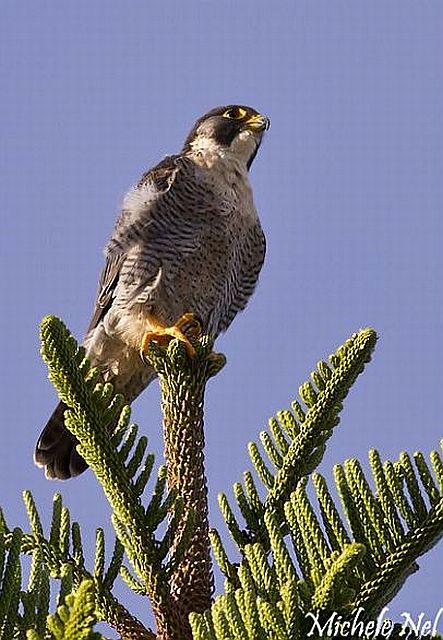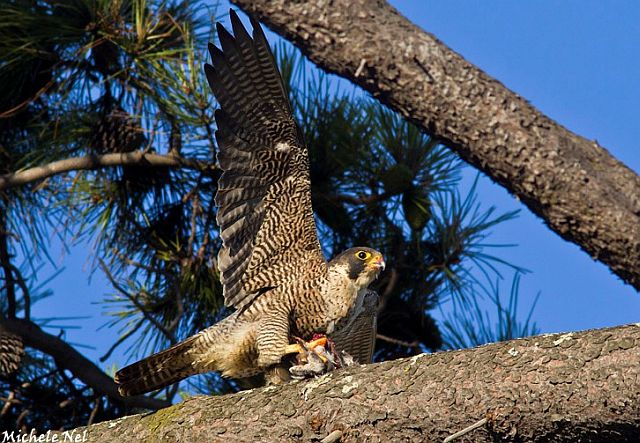Order: Falconiformes. Family: Falconidae
Description
Length 28-30 cm, weight 97-188 g; females larger than males. Cere, eye-ring and legs are red. Interestingly, the Amur falcon is one of only a few birds of prey to have white claws.
The male is largely dark grey, with a chestnut lower belly and thighs, and a white underwing, visible in flight. The dark plumage contrasts with the bright orange-red legs and facial skin, and the orange base to the beak.
The female has cream or orange underparts, with dark streaks and bars, grey upperparts with a slaty-coloured head and cream forehead, and bars and spots on the wings and tail, which have broad, dark tips. The cheeks and throat are plain white, and the face bears a dark eye patch and ‘moustache’.
The juvenile resembles the female, but may be paler, with reddish-brown or buff edges to the feathers.
Similar species: Juveniles and females resemble the Eurasian Hobby, but have a small white patch on the forehead, a pale grey crown and paler underwing coverts. Female differs from female Red-footed Falcon in having roufous crown, nape and underparts.
Distribution
Its breeding grounds stretch across eastern Asia, heading south in the non-breeding season to south-western Zambia and southern Africa. Here it is locally common in patches of Zimbabwe, northern Mozambique, Botswana and the eastern half of South Africa, while scarce in northern Namibia.

Habitat
It generally prefers open, moist grassland, savanna and croplands, although it often roosts in trees in city centres.
Movements and migrations
Palearctic breeding migrant, undertaking a roughly 11 000 km long trip, departing from its Asian breeding grounds from August-September, first arriving in southern Africa in November (later towards the south of its distribution) and leaving in the period from April-May.
Diet
It almost exclusively eats arthropods, caught either from a perch or by hovering and repeatedly diving into a large swarm of prey (such as a termite alate emergence).
Breeding
It nests in a hole in a tree or nest in deserted or new nests of magpies, crows, and raptors in trees. Clutch size is 2-6 eggs, which are white with dense brown and reddish-brown markings. Females perform the incubation duties, and the male captures and delivers prey to the female and the nestlings. The nestling period is 27-29 days. During the post-fledging period, the young and adults perch together on poles and trees in open areas, where they hunt small voles and large insects.
Call
Generally silent; gives high-pitched kew-kew-kew at communal roosts. Listen to Bird Call.
Status
Common summer visitor.



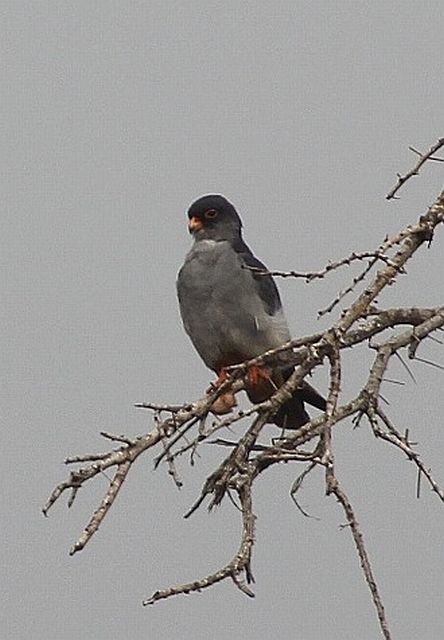 © Amoli
© Amoli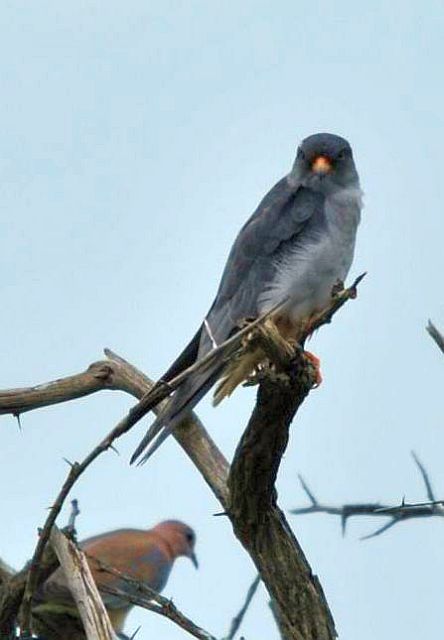 © lowveldboy
© lowveldboy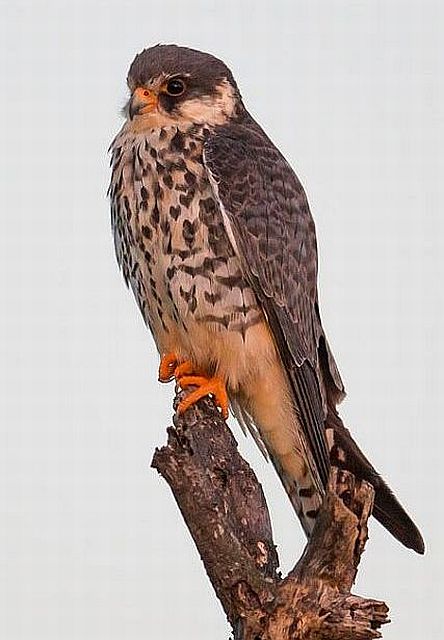 © Pumbaa
© Pumbaa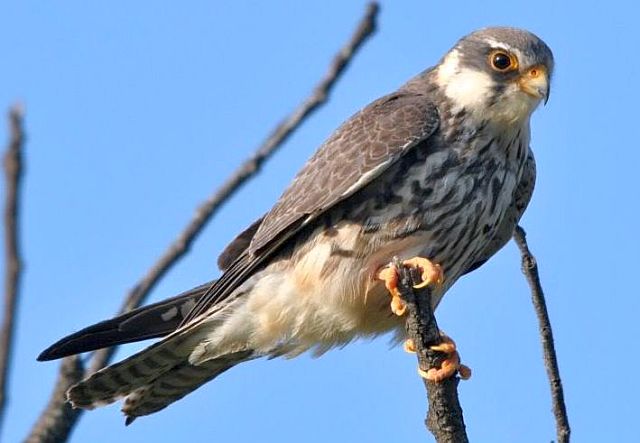 © lowveldboy
© lowveldboy © Duke
© Duke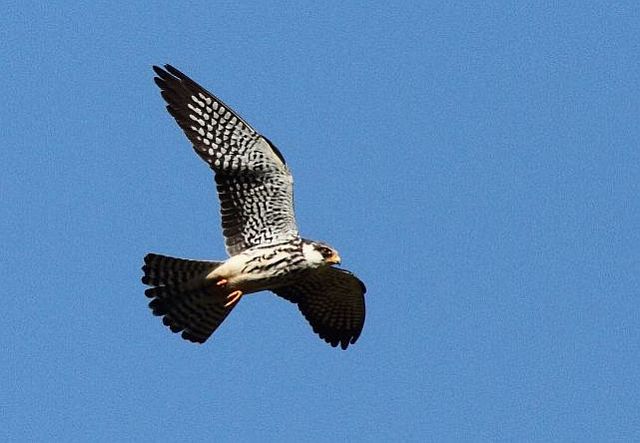 © Duke
© Duke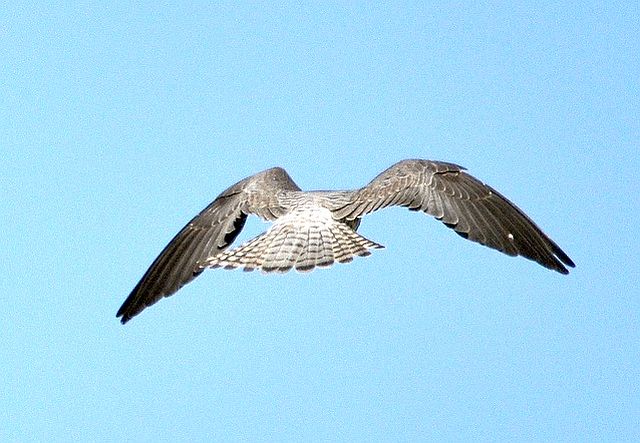 © Joan
© Joan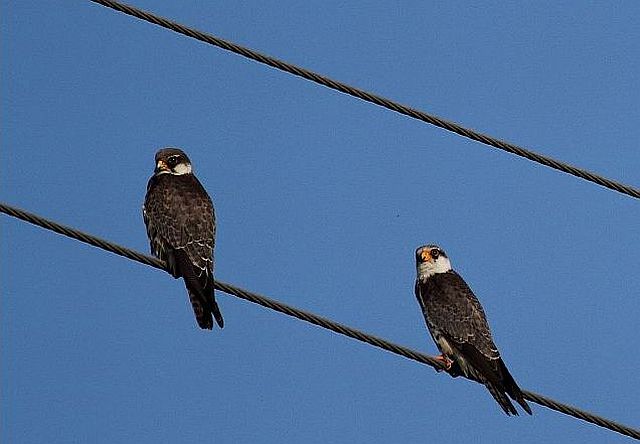 © Duke
© Duke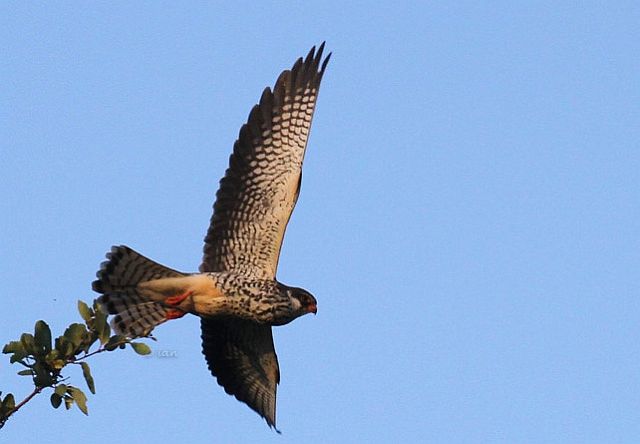 © leachy
© leachy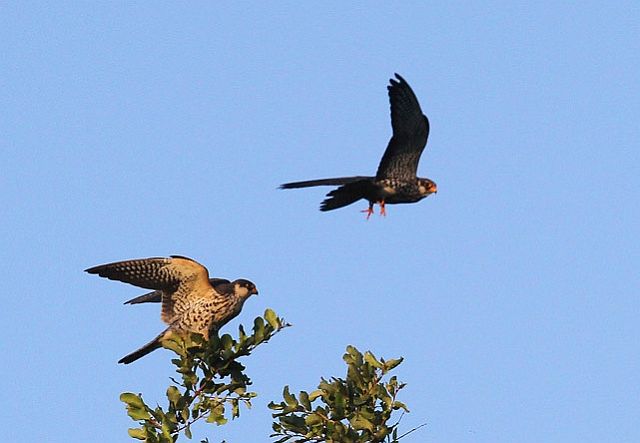 © leachy
© leachy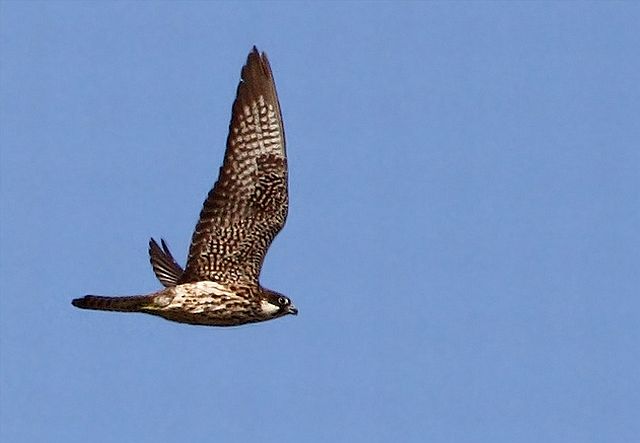
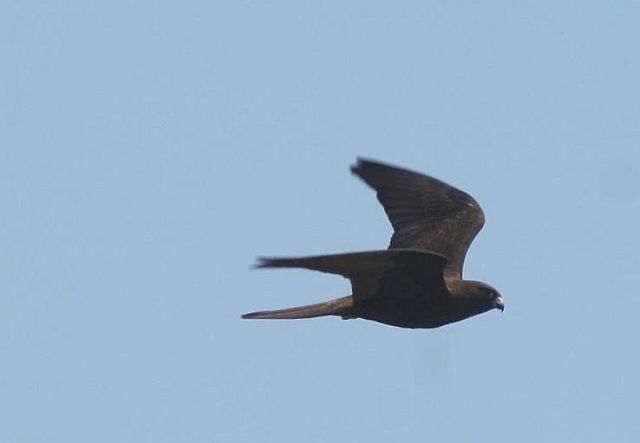
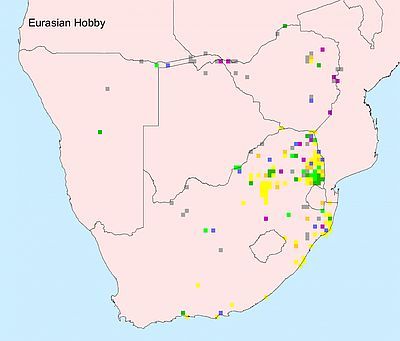
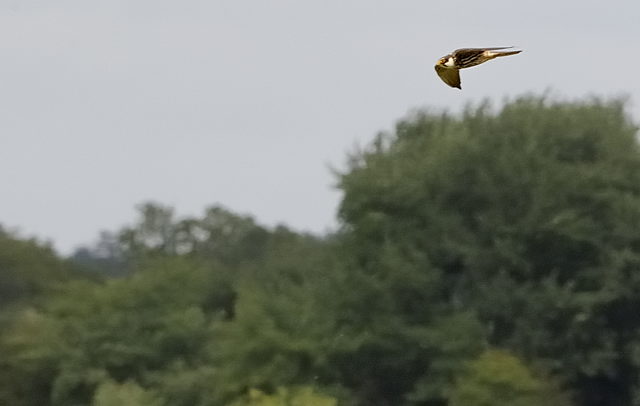
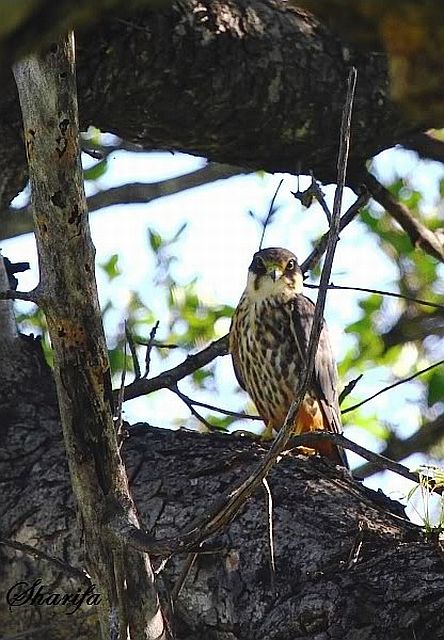 © Sharifa
© Sharifa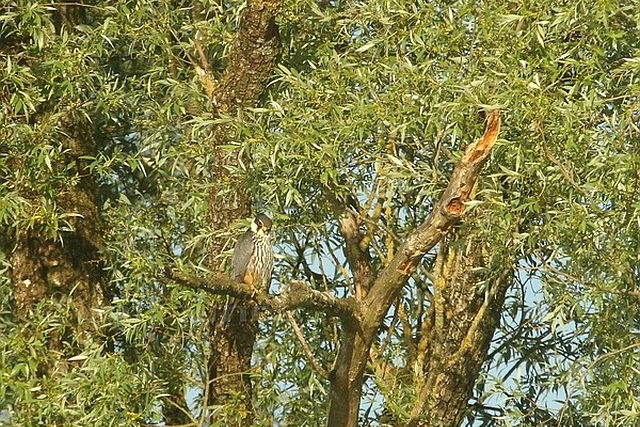 © nan
© nan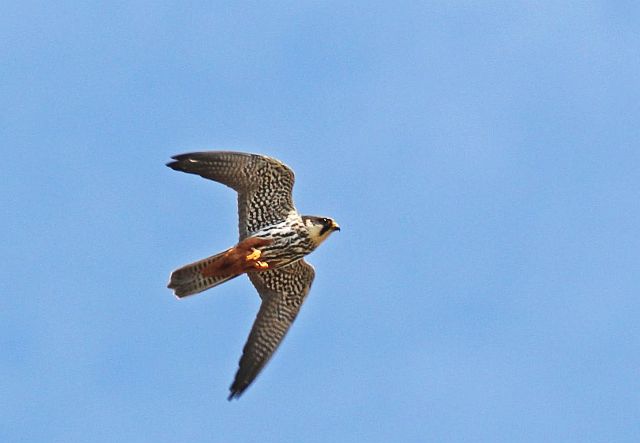 © Toko
© Toko
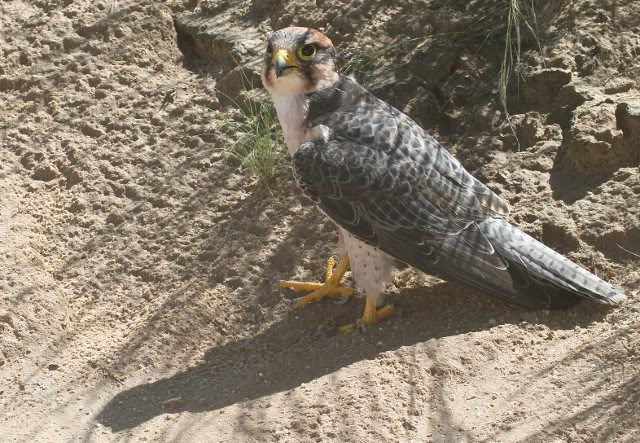
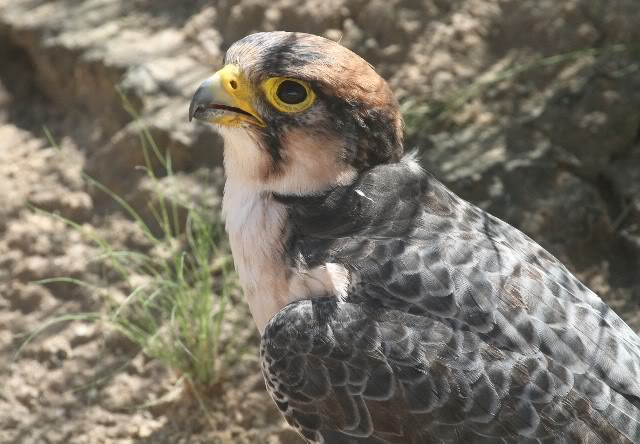
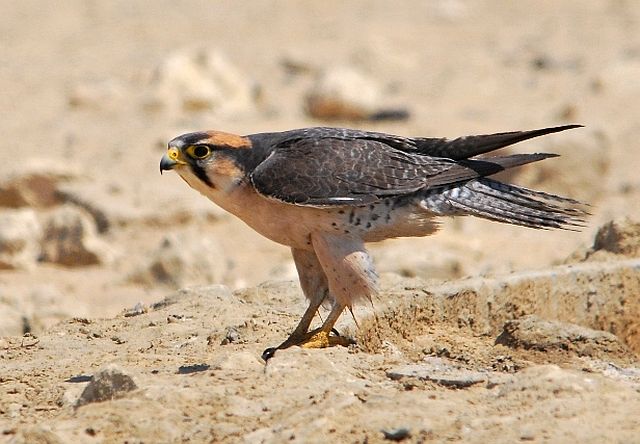 © Mel
© Mel © Mel
© Mel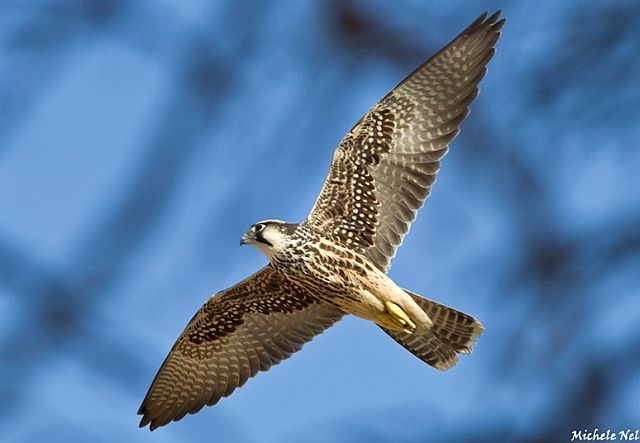 © Michele Nel
© Michele Nel © Dewi
© Dewi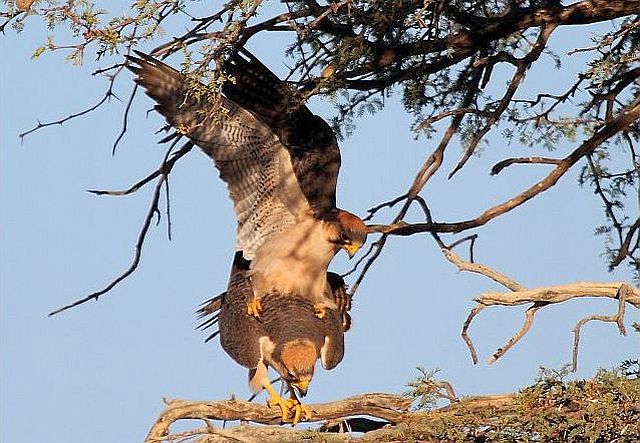 © Sharifa & Duke
© Sharifa & Duke